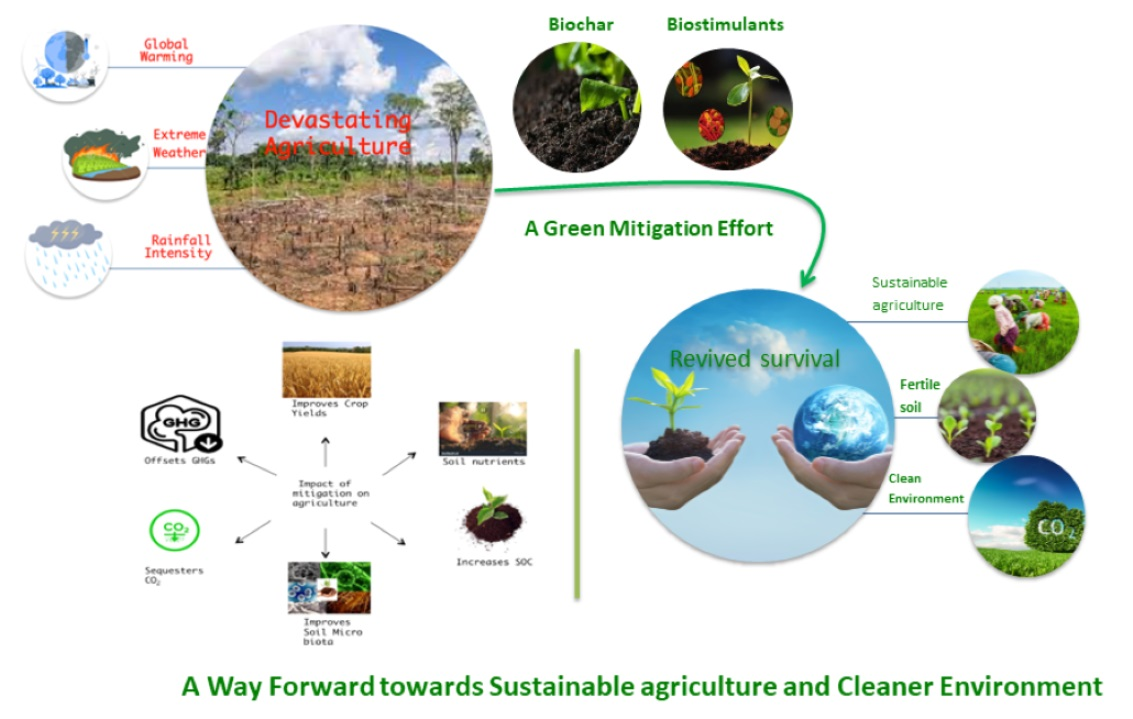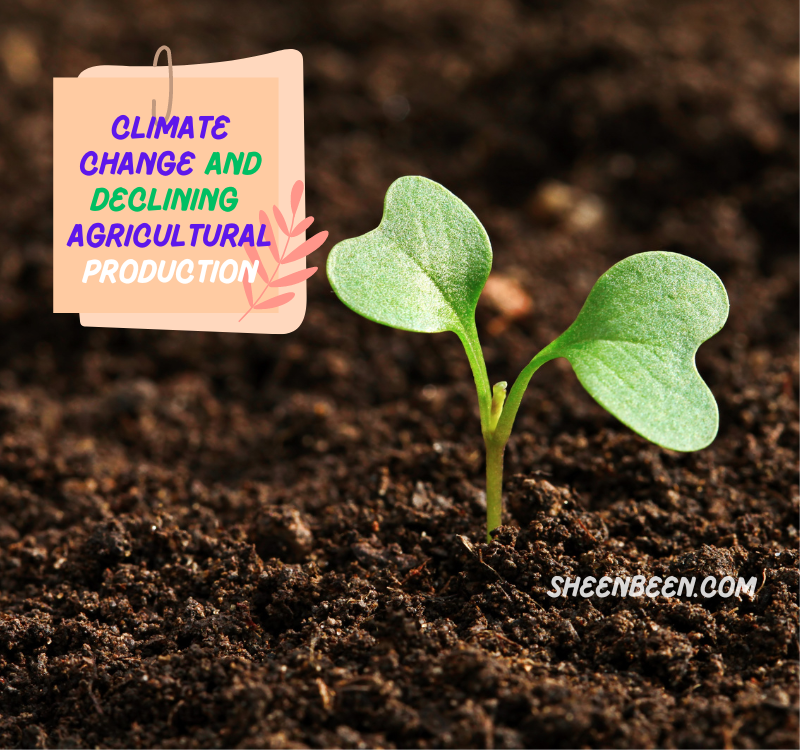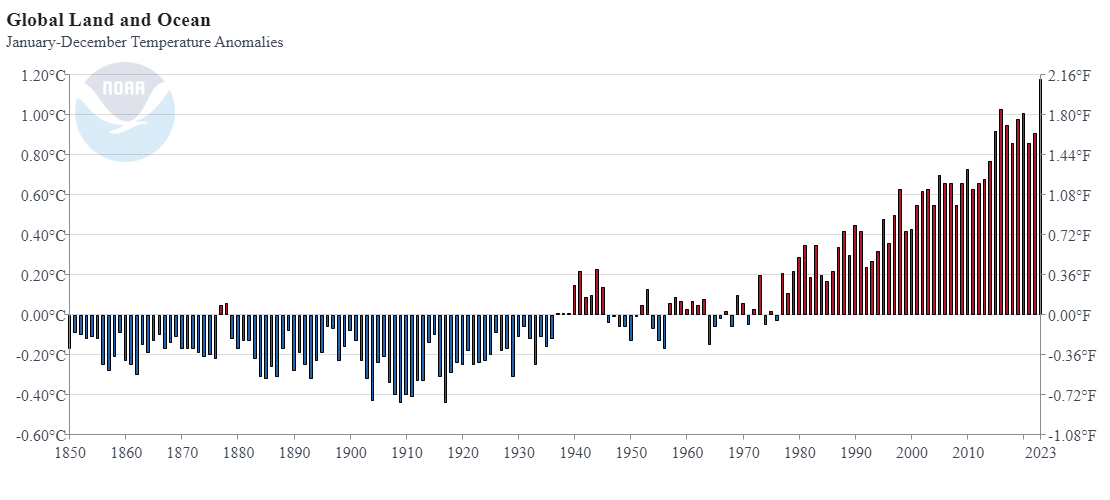Climate Change
The term “climate change” refers to large, long-term changes in the way weather works around the world. Global warming is a major part of this. Just as the Earth’s atmosphere is warming because it retains more heat from the Sun.
Think of it this way: Normally, the Earth’s atmosphere acts like a comfortable blanket, ensuring that the temperature around us is just right. But recently people have begun to make changes that make our planet warmer, as if it were covered with an even thicker blanket.
Story Highlights

This excess heat causes many things to deteriorate. For example, stronger storms like hurricanes and hurricanes occur when ocean temperatures rise. As the ice at the North and South Poles melts due to warmer weather, sea levels rise, which can flood areas where people live.
We need to understand how this happens to prevent the situation from getting worse. We can help by reducing the amount of carbon we put into the atmosphere that makes the world so hot.
Climate Change Mitigation
Finding sustainable solutions is essential in the urgent fight against climate change. While efforts to reduce carbon dioxide emissions are critical, effectively removing carbon dioxide from the atmosphere is just as important as effectively combating climate change.
From rising global temperatures to extreme weather events and ecosystem collapse, the effects of climate change are becoming increasingly evident. As we grapple with these challenges, the need for comprehensive mitigation strategies is greater than ever.
It is clear that reducing carbon emissions is an important component of the Climate Action Plan. Switching to renewable energy, improving energy efficiency and implementing policies to reduce emissions from industry, transport and agriculture are key steps to reduce our carbon footprint. But despite aggressive efforts to reduce emissions, carbon dioxide already in the atmosphere is contributing to climate change.
This is where the concept of carbon sequestration comes into play. Active removal of carbon dioxide from the atmosphere, also known as carbon sequestration, is crucial to stabilizing our climate and preventing the worst effects of global warming. Although natural processes such as photosynthesis and ocean processes naturally sequester carbon, human intervention is needed to improve these processes and develop additional carbon removal technologies.
How and Why Biochar Is a Perfect Solution
- Biochar is a technology that has great potential for carbon sequestration. By converting organic waste into a stable form of carbon and placing it in the soil, biochar effectively removes carbon dioxide from the atmosphere and stores it in long-term storage. This process not only helps in mitigating the effects of climate change but also improves soil fertility and resilience.
- Biochar is an exciting material that has the potential to revolutionize our approach to combating climate change and promoting sustainable agriculture. Biochar is essentially a type of charcoal, but its composition and properties make it much more than a byproduct of combustion.
- Biochar is produced from organic materials such as agricultural waste, wood chips or crop residues through a process called pyrolysis. Pyrolysis enables the heating of these materials in the absence of oxygen and their decomposition into a mixture of gas, liquid and solid. The remaining solid residue is known as biochar.
- This unique production method distinguishes biochar from conventional charcoal. While charcoal is primarily produced for fuel purposes, biochar is intentionally produced for environmental and agricultural benefits. It is produced through pyrolysis, which keeps the carbon in a stable form, effectively removing carbon dioxide from the atmosphere and storing it in the soil for centuries and millennia.
- The porous structure of biochar provides many benefits in terms of soil health and fertility. Its presence in soil increases its ability to retain water and nutrients, promotes healthy plant growth and reduces the need for synthetic fertilizers. In addition, biochar further enriches the soil ecosystem by serving as a habitat for beneficial microorganisms.
- By converting organic waste into a valuable resource, biochar offers a sustainable solution to both environmental and agricultural problems. Its production not only helps mitigate climate change by sequestering carbon, but also improves soil quality, water retention and crop productivity.
Empowering Small Framers With Biochar
Warm heart is at the forefront of a global movement that aims to provide small farmers with the knowledge and tools to harness the potential of bio char for carbon sequestration and soil regeneration. Through collaborative initiatives and educational programs, Warm heart works with farmers around the world to promote sustainable farming practices while reducing the effects of climate change.
Benefits Of Carbon Removal And Soil Health
The impact of Warmheart’s Bio char initiatives goes beyond simple carbon removal. By incorporating biochar into their farming systems, small farmers gain numerous benefits that improve soil health, increase agricultural productivity and food security, and improve livelihoods:
Carbon Sequestration
Biochar acts as a carbon store, capturing carbon dioxide from the atmosphere and storing it in the soil for centuries and millennia. Farmers are doing their part to mitigate climate change by adopting biochar-based practices, reducing greenhouse gas emissions and increasing carbon sequestration in agricultural fields.
Soil Fertility and Structure
The porous structure of biochar provides an ideal living space for beneficial microorganisms and helps retain nutrients in the soil. By improving soil fertility and structure, biochar increases crop yields, reduces the need for synthetic fertilizers, and reduces the effects of soil degradation and erosion.
Water Retention and Conservation
Biochar’s large surface area allows it to absorb and retain moisture, helping to increase soil water retention and reduce irrigation needs. This is particularly useful in areas prone to drought or water scarcity, where biochar can increase resilience to climate variability and support sustainable water management practices.
Waste Nanagement and Resource Efficiency
By converting agricultural waste into biochar, farmers can reduce emissions from open-air burning of agricultural waste and also create valuable soil fertiliser. This circular approach supports resource efficiency and environmental responsibility by converting agricultural by-products into renewable resources for soil replenishment.
In the face of increasing environmental challenges, biochar is emerging as a beacon of hope, a viable way to combat climate change while promoting more sustainable and productive agricultural systems. As we continue to explore innovative approaches to sustainability, biochar is a promising ally in the quest for a healthier planet.





